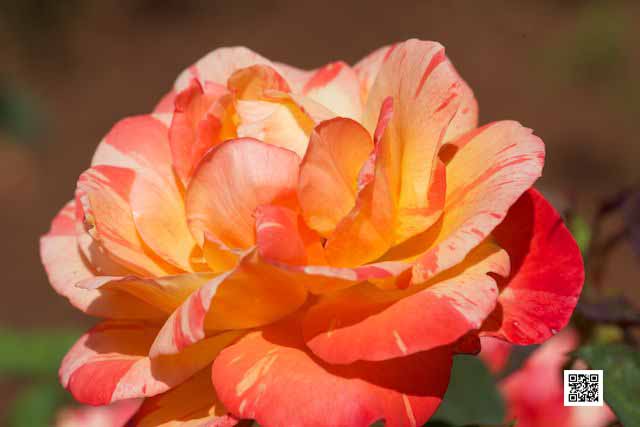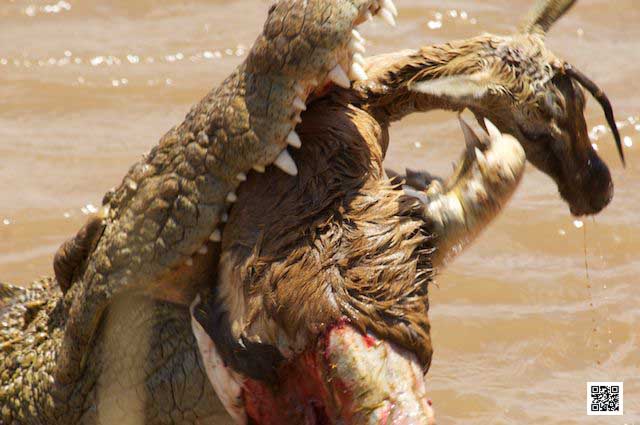photography tips
Real Photos vs. Digital Photos, What Do We Want to Feel?
18/07/12 19:35 Filed in: Photography & Art

Not that long ago we usually came back from a holiday with a couple of film rolls, carrying them to the photo shop and wondering what would be on them. It was an exciting moment when we went back to collect our printed photos, leafing through them quickly; looking for that one image we definitely wanted to be a good one and being surprised what we all had photographed, because there was some time between taking the photo and holding the print in your hand. That has all changed. Nowadays we take a digital photo and look immediately on the screen of our camera how it looks like and quickly erase it when we think it’s not good enough to be seen by anyone else. Then we get home (or to the hotel), upload the images to the computer and some of them make it to be printed or even become part of a photo book, but most of them remain digital files.
Will some day the printing disappear completely? I don’t think so. Even Instagram images can be printed as stickers, small art prints and little books. The service is called Prinstagram and booming. It is just such a completely different feeling holding the print in your hand, putting the sticker with your own artwork on the fridge, giving a birthday card with an image you took to a friend than grabbing the smart phone and looking at the digital file. With a digital file only our eyes are feeling, with a print also our hands feel and the image becomes a multi dimensional sensual experience.
Happy feeling.
Ute Sonnenberg for www.rohoyachui.com
How to Show and Sell Your Photos and Artwork on the Internet
17/07/12 18:23 Filed in: Photography & Art | Technology & Gadgets

We all know about the obvious photo sharing options like facebook, Flickr, other social media and portfolio sites, but what if you want to sell your images as posters, postcards or other products? Maybe we need only to wait long enough and facebook will do that as well, but maybe not. There are websites that offer this service already and here are 2 of them.
The first is PhotoShelter. Photoshelter is as its name says a shelter for photographers. Not only can images be sold as prints and products, you can also have your own stock photo gallery and sell digital image files. The clients go to your website, browse the images and buy directly online. Photoshelter takes care of the financial part of the transaction and the copyright safety of your images. The services of Photoshelter are not for free. You pay a monthly or annual fee depending on the storage size you choose. Their services are open for professional photographers.
The second service provider is Artflakes. Artflakes is open to all artists and photographers. They are based in Berlin and offer great print services in good quality for deliveries all over the world. As a photographer you can sign up for free, upload images and set the price you wish for prints and products yourself (also in photoshelter you can set the price yourself). Artflakes is also a kind of artists network with following options and likes, but you don’t need to go around and like if you don’t like, but there are interesting artworks to discover.
Maybe these two websites can open new fields of activities for you. Have a look.
Happy discovering!
Ute Sonnenberg for www.rohoyachui.com
What to Think of When Photographing in Adventurous Places
11/07/12 16:05 Filed in: Photography & Art | Travel & Inspiration

One doesn’t need to go on a photo safari in Africa to end up in adventurous situations. A big event in your hometown can be already enough or a sports event with mountain bikers flying around your head. Actually photographing in familiar places and situations can sometimes be even more dangerous than on exotic locations or in the bush. Familiar situations let us drop our guard easily and then we step backwards into a gutter, fall of a wall, get equipment stolen or misjudging how many things we can do at the same time and loosing it. Well, making mistakes of this kind can be annoying, inconvenient and sometimes painful, but not so quickly life threatening. Making mistakes in the bush and in unfamiliar cultures can have larger consequences. But all boils down to watch your back and if you can’t do that yourself, get somebody to do it for you.
When we look through the viewfinder or on the screen of our camera we get drawn into the photo we want to take. All our attention is on photography and we hardly see and hear what is going on around us. We somehow block out the world in order to focus on what we see and capture. The situation is similar to listening to the iPod while riding a bicycle on the streets or sending a sms while driving a car.
For that reason, photographers in war zones and other dangerous places have guides with them and sometimes security guards to make their work possible. In the bush, one if not familiar with the environment, has a ranger and often a tracker with them. They find the animals and they take care of the safety. It might sound silly to remind people of “do not step out of the vehicle”, but unfortunately they forget and do it to get closer to the lion for a better shot. That only provides dramatic photos to the people who witness the moment and often ends the life of the other person. One might be tempted to think, how can you be so stupid, but be aware that being in the bush and seeing these animals can mix up very much someone’s mind and emotions. People don’t realize at that moment where they are and the animals look just like on TV and reality and fiction become one and fatal.
Always be conscious where you are, what is going on around you, have somebody to cover your back and have a guide when unfamiliar with the surroundings. Listen when the guide tells you to stay in the vehicle. Walking the streets of New York is different from walking the roads of the Masai Mara. Both are safe as long as you know the rules and follow them.
Be conscious and mind your guard. Bring jaw dropping beautiful images of your trip home and not images of yourself that could make the front pages.
Happy snapping!
Ute Sonnenberg, www.rohoyachui.com